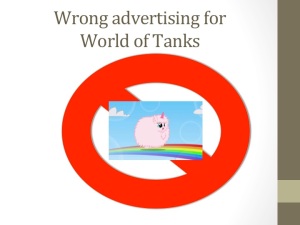I have wrote and spoken several times recently about how increasing user acquisition costs are impacting the social game industry, particularly social casino, and some strategies to offset and even capitalize on this trend. One of the best ways to combat this problem is to focus your resources on reducing churn rather than acquiring new users. As the cost of acquiring a user increases, the cost of replacing that user also increases. While companies devote ever larger budgets and build bigger teams for user acquisition, they fail to devote comparable resources to retaining the players they already have. Moreover, in the social casino space, players often play 3-5 apps, so the less they play your title, the more they are playing a competitor‘s slot.
I recently came across a blog post, “How to reduce Churn by building a bulletproof retention process” by Andrew Tate, that lays out five ways that you can reduce churn. Tate starts with the example of Burbn, a Foursquare clone that had a huge churn issue. Using analytics, the team saw that users found it too complicated and were using the app to post pictures rather than check in. So they modified the app based on this data to reduce churn and renamed it Instagram. Let’s just say it worked out okay for the Burbn team. This example shows how a focus on reducing churn can be the difference between failure and billions.
Focus on the small gains
The first step to combating churn is to take a lot of small steps rather than looking for the magic formula. One change or feature is not going to improve retention 50 percent. If you can reduce churn a few percent every build, you eventually will get negative churn rather than seeing your game lose all its users and revenue. Thus, it is more critical to build a process that always is working to reduce churn rather than fire off a churn reducing feature and then go on to your next KPI (key performance indicator).
Define goals
To create the process discussed above, you first need to set goals. As with all goals, they need to be measurable and clearly defined as well as time based. Reducing churn is not a goal, but reducing churn by 50 percent in three months is a goal. Then you should break this goal into sub-goals, with Tate suggesting
- Reduce short-term churn by 20 percent
- Reduce medium-term churn by 20 percent
- Reduce long-term churn by 10 percent
With goals in place, you can track your progress as you create individual AB tests and set an end-point for the process. This technique aligns the entire team on a visible and understandable goal. Continue reading “Five Steps to Reduce Churn”




